Crunches are simple and effective abdominal exercises that tighten the core, improve posture and work the mid-section. Although these are not directly responsible for burning belly fat, when used together with cardio and a healthy diet, crunches can make your stomach flatter. They are primarily engaged in training the rectus abdominis and maintaining the balance and stability of the body as well. The correct form, regularity, and diversity ensure that crunches are a great addition to any gym regimen, but they need supplementing with whole body workouts, which yield the most optimal outcome.
- What Are Crunches?
- Muscles worked during Crunches
- Benefits of Crunches
- How to Do Crunches Correctly
- Best Variations of Crunches
- Common Mistakes to Avoid
- What is the recommended number of Crunches?
- Crunches and Sit-Ups: Which is better?
- Best tips to have the best results
- Safety and Precautions
- Final Thoughts
- Frequently Asked Questions
What Are Crunches?
Central exercises that are highly associated with the abdominal muscles’ strengthening and definition are the crunches. As opposed to the movements involved when performing sit-ups, which require raising your entire body, it involves making a smaller set of movements, namely bringing your shoulders and upper back off the ground. This is a type of isolation that is specific to the rectus abdominis or the so-called six-pack muscle.
Since crunches do not need equipment, one can do them anywhere, at home, in the gym, or even while travelling. They commonly form the basis of any strength training program and are used in the form of a core movement to enhance stability, balance, and posture.
Crunches can be additionally used to supplement the other exercises like the plank, leg raise, and cardiovascular exercise, to enable a better and firmer, more stable core. Although they are not a cardio activity, they are a necessary component of a strength and conditioning program.

Muscles worked during Crunches
Properly done, it uses several muscles that are at the centre of core strength:
- Rectus Abdominis: This is the main muscle that is involved in crunches. It aids in bending the back and defining the abdominals.
- Obliques: These are muscles at the side of your abdomen, which help in twisting and stability.
- Transverse Abdominis: This is the deepest layer of muscle, which allows your spine to be straight, and it supports the internal organs.
- Hip Flexors: They do not play a significant role, but they help you to hoist your upper body in the movement.
By tightening these muscles, you improve your posture to prevent back pain and improve your performance in day-to-day movements and in sports.
Benefits of Crunches
Crunches do not only have aesthetics, they have a variety of physical advantages. Conducting them regularly will go a long way in making you feel better and more fit.
1. Strengthens the Core
The crunches will also assist in a well-built core that will assist with almost all the functionalities of your body. Having a powerful middle part enhances stability, balance, and power.
2. Enhances Muscle Definition
Crunches do not directly burn your body fat; they make the muscles beneath it tighter and more defined. When used together with cardio activities such as running, cycling or swimming, they can aid in showing a flatter and more shredded stomach.
3. Supports Better Posture
The bad posture is frequently caused by weak core muscles. Crunches make your abdomen and lower back stronger and enable you to have an upright posture and less spinal stress.
4. Enhances Sporting activity
Strength is an important aspect for an athlete. It will improve the capability to produce force, stabilise the body, and perform workouts or sports with increased endurance.
5. Inconvenient and Non-Equipment
Crunches do not need weights or machines and hence are ideal for home workouts. All you require is a mat to relax on.
6. Helps in Fat Loss Combined with Cardio
The crunches do not necessarily mean that it would be considered a cardio exercise, but once added to an exercise with aerobic exercises, it would be effective in increasing calorie expenditure. Running, swimming, and bicycling are the leading three cardio exercises, which, along with them, can speed up the process of belly fat burning and give the abs such a definition.
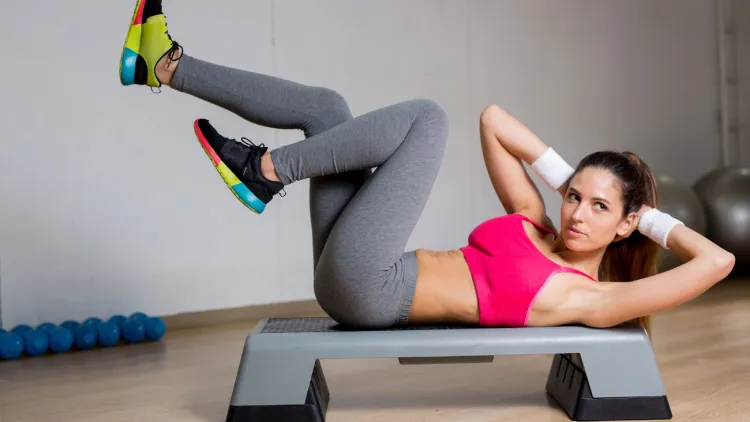
How to Do Crunches Correctly
The correct shape is necessary to avoid trauma and further implement maximum efficiency. The following are the steps to do the crunches safely:
- Lie on your back with your knees bent on the floor at a distance of hip width.
- Position your hands slightly behind your head or over your bosom.
- Enclosed with the involvement of the centre abdominal muscles.
- Gradually bring your shoulders and upper back out of the ground, exhaling with each movement.
- Stand on your toes at the summit, twisting your belly.
- Bring down, fall down and in your breath, control in.
Begin with 2 -3 sets of 15 -20 repetitions and progress by increments. When you can do them with no neck strain and have control, then you are doing them right.
Best Variations of Crunches
To make your workouts more interesting and work various areas of your abs, you can use such common variations:
- Reverse Crunch: In this version, the emphasis should be on the lower abs. Lift your legs upwards towards your chest, and the upper body remains in the same position.
- Bicycle Crunch: Ride the bicycle in the air, touching opposite legs to knees. It tightens the lower and upper abdominal as well as the obliques.
- Oblique Crunch: Turn your torso at one angle and raise your shoulder to build your oblique muscles.
- Vertical Leg Crunch: Crunch (keep the legs straight up to the ceiling). This introduces capacity and enhances intensity.
- Weighted Crunch: When you carry a dumbbell or plate close to your chest, this adds resistance, further aiding in establishing stronger abdominal muscles.
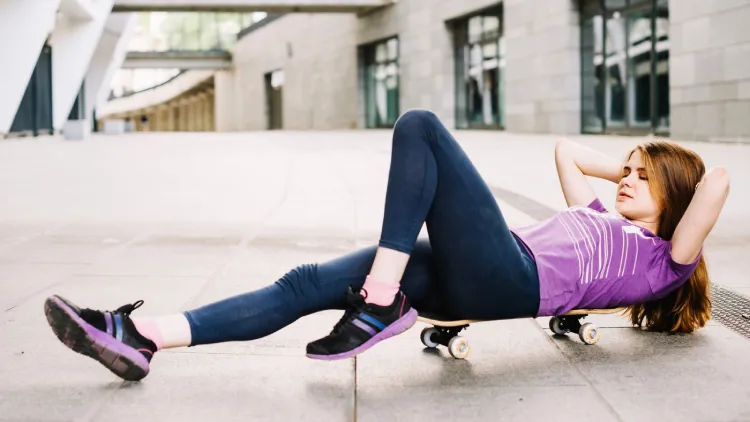
Common Mistakes to Avoid
To maximise crunches, do not commit the following common mistakes:
- Pulling of the neck: This brings about strain and ineffectiveness. Keep your hands behind your head.
- Momentum: Momentum will help you swing your body rather than being in charge. Go carefully and cautiously.
- Lifting excessively: Lift not more than the blades of the shoulder are out of touch with the ground; lifting excessively causes more stimulation of the hip flexors than of the abdomen.
- Failure to engage the core: Buckle your abs during the movement in order to do it effectively.
- Breathing in: you should always breathe steadily, up in down.
These are the errors that should be avoided to ensure that they are safe and effective. Indeed, when compared to full sit-ups, crunches are safer as they do not strain a lot on the spine as much.
What is the recommended number of Crunches?
You do not get hundreds of repetitions to realise results. You can train your abs and become stronger after 20-30 crunches per day. But the visible outcome will be dependent on your diet, consistency and percentage of body fat. They paired with appropriate nutrition and cardio start yielding results in most people in 46 weeks.
Crunches used together with planks, leg raises, and resistance training should be done in case your objective is to get a defined musculature. Planks are more efficient in core stability, while crunches are more efficient in abs definition.
Crunches and Sit-Ups: Which is better?
The principal distinction between a crunch and a sit-up is the difference in the muscle involvement and the extent of motion. Crunches are where you lift the abdomen partially, and sit-ups are where the entire body is lifted, which works the hip flexors and the lower back also.
The abdominal strength is more targeted, and it is also safer with crunches because they are not as harmful to the spine. Although the sit-ups have advantages, they have an increased risk of lower back strain.

Best tips to have the best results
- Strength and Cardio Workouts: Crunches are strength workouts. Include cardio to shed pounds and get muscle appeal.
- Stick to the 3/2/1 Rule: Balance out fitness, combining three strength sessions, two overabundance exercises, and an element of liberty to achieve this objective.
- Involve the Core: There should be tightening of the abs at each repetition.
- Keep it Consistent: This means 3-4 times per week does crunches and produces the most results.
- Eat right: Dieting is essential. Well-balanced nutrition helps the muscles to be visible and energetic.
- Keep Track: Within 68 weeks, you will see most of the results in the gym.
Safety and Precautions
The crunches are also safe for the majority, but not always when pregnant or when one has chronic back or neck pain. First-time users need to learn the form first and then intensify. Elderly or older than 70 years old ought to consider some mild core activities such as modified planks, where one holds his/her position for 10-20 seconds at once.
In case crunches are painful, the options that can be less dangerous and equally effective can be offered, such as planks, bird-dogs, and dead bugs.
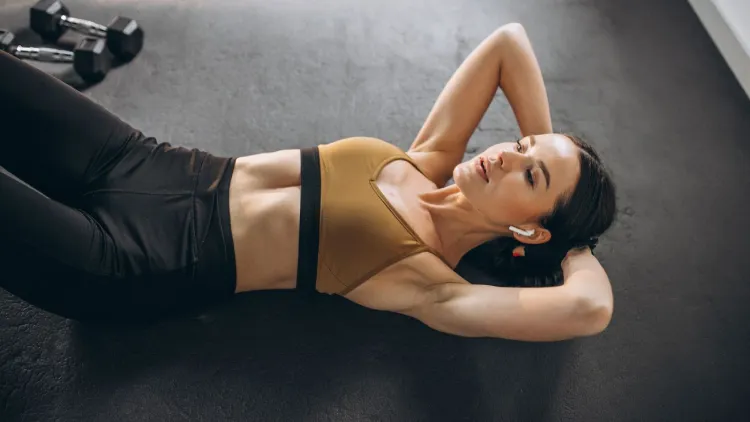
Final Thoughts
The crunches form one of the best core exercises to tighten and strengthen the abdomen. Properly done, they make stability better, and posture mends, differentiating the muscle mass. Crunches alone will never flatten your stomach or burn fat, but when it is coupled with a healthy diet and regular cardio will give you a visible outcome.
These are great in developing abdominal strength, but should be accompanied with other exercises, such as planks, bridges, as well as compound exercises, to ensure that the core becomes balanced. Crunches might not be ideal, but it is one of the exercises that pay results when done frequently and correctly.
Frequently Asked Questions
1. Are crunches effective in flattening the stomach?
Yes, but when these are coupled with fat-burning exercises such as running, cycling or swimming.
2. What is the duration required to achieve the results of crunches?
Training and a healthy diet might help you achieve some results in 4-8 weeks.
3. Is it safe to use crunches in pregnancy?
The conventional crunches are not advised when a woman is pregnant because of the pressure on the abdomen. Use safe core alternatives.
4. Which one is the best, crunches or planks?
Planks are good for working endurance and stability, and crunches to cut the abs. Both are complementary to one another.

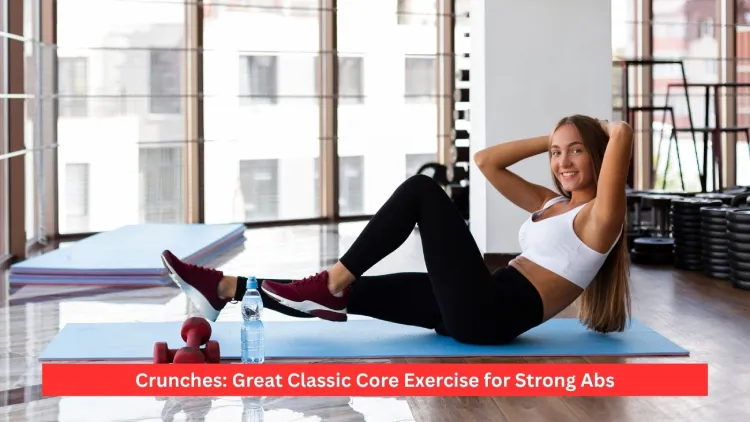



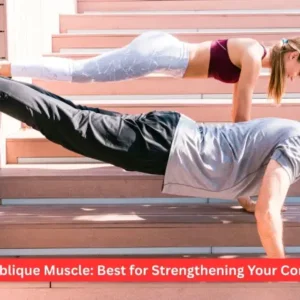
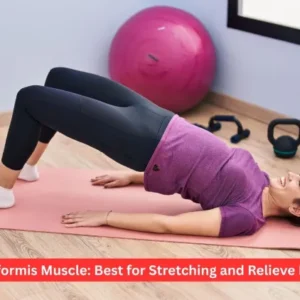

2 thoughts on “Crunches: Great Classic Core Exercise for Strong Abs”
But wanna comment that you have a very decent website , I love the layout it actually stands out.
Thank you so much! Glad you liked the layout — really appreciate it! 🙌